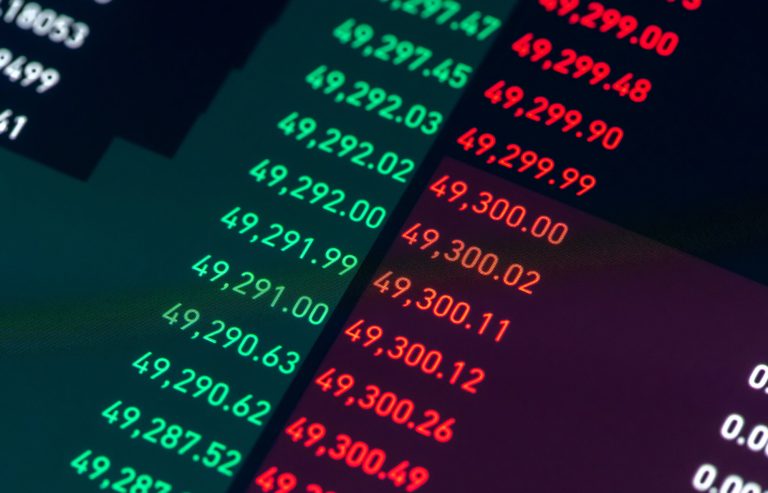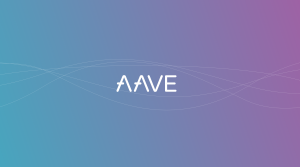In financial markets, the term "ask," also known as the "offer price," refers to the price at which a seller is willing to sell a specific asset, whether it be a stock, bond, commodity, or cryptocurrency.
The ask price is a vital component of the bid-ask spread, which is the difference between the highest price a buyer is willing to pay (the bid) and the lowest price a seller is willing to accept (the ask). This spread is significant in understanding market dynamics, as it represents the cost associated with executing a trade. A narrow bid-ask spread typically indicates high liquidity and competitive pricing, while a wider spread can suggest limited liquidity or less competitive market conditions.
Market orders and limit orders
When traders place market orders, they are agreeing to buy the asset at the current ask price (for buyers) or sell it at the current bid price (for sellers). Conversely, limit orders allow traders to specify the price at which they are willing to buy or sell an asset. A buy limit order is set below the current ask price, and a sell limit order is set above the current bid price. These orders provide traders with more control over their trades and can help manage transaction costs. Understanding the ask price is essential for traders and investors to make informed decisions and effectively navigate the intricacies of financial markets.









